Contaminated Canal To Become Restored Wetland
MMSD and partners working to fill Burnham Canal.
The Menomonee Valley will soon look a little bit more like it did when Milwaukee was founded in 1846.
The 1,200-acre marsh was filled repeatedly as the city grew and a series of canals were created as the area became the industrial heart of the city.
Once a shipping corridor, the 17-foot-deep canal ceased to be a navigable waterway in the 1980s when the City of Milwaukee constructed a fixed bridge across the canal. A number of industrial users still border the canal, but none leverage the waterway for transportation.
The western edge of the canal, near S. 16th St. and W. Bruce St., is heavily contaminated as a result of Miller Compressing Company (now part of Alter Trading) operating an adjacent wire reclamation furnace from the 1970s to the 1990s. According to an Environmental Protection Agency report, the sediment contains high levels of copper, lead, cadmium, nickel, silver and zinc as well as chemicals known as polycyclic aromatic hydrocarbons (PAHs).
Miller Compressing entered into an agreement with the EPA in 2008 to study cleanup options for the canal as part of the Superfund alternative approach program.
A 2011 cleanup plan called for soils to be removed and at least three feet of sediment added west of the 11th Street bridge.
But the Milwaukee Metropolitan Sewerage District joined the effort to expand the cleanup effort and public benefits.
The canal will now be filled to a much greater extent from its western terminus east to the Interstate 43/94 High Rise Bridge (approximately S. 9th St.), an approximately 3,000-foot-long stretch. The original Miller plan would have left the canal looking similar to its current state, while the MMSD plan will add a substantial amount of fill to accommodate native vegetation and a natural wildlife habitat.
The $7.93 million project is being funded by a series of grants in addition to Miller’s original multi-million dollar commitment. In 2018, the Wisconsin Department of Natural Resources secured a $4 million grant to support the effort.
Work is now moving forward on the first phase multi-step fill process, with vegetation expected to emerge in the latter half of the decade. A 2020 presentation from a stakeholder meeting (images included below), illustrates how the layers would be added over multiple years to fill the canal. In some spots the fill would entirely displace the water, while a couple feet of water would remain on other areas.
After the base sediment is added, construction would be halted for two to five years to let settling and compression to occur. The remaining fill and vegetation would be added after that point, conditioned on the availability of funding. Work on the first sediment installation is to begin this year.
The canal was created in the 1870s for J.L. Burnham & Sons, a company owned by Jonathan L. Burnham that produced Cream City brick from Menomonee Valley clay. Burnham Street is named for Jonathan’s brother George Burnham, a former business partner.
A series of other environmental remediation projects are planned as part of removing the AOC designation. The projects are expected to have a final price tag of more than $100 million and take six years to complete. A cleanup effort is already underway on the Grand Trunk site.
A public meeting on a proposed dredged material management facility is scheduled for May 18th.
The Milwaukee Estuary Area of Concern is one of five such designated areas in Wisconsin. There are 43 designated Areas of Concern in the Great Lakes, including 17 in Canada and seven shared by the US and Canada.
Alter Trading Company, which acquired Miller in 2012, continues to operate an approximately 55-acre recycling complex at the west end of the complex. The company has drawn media attention multiple times in 2021 for fires at the site, including one the morning this article was published.
Canal Plans
Canal Today
If you think stories like this are important, become a member of Urban Milwaukee and help support real, independent journalism. Plus you get some cool added benefits.
More about the Area of Concern Abatement Effort
- New Machine Quietly Cleans Milwaukee’s Water - Jeramey Jannene - Mar 21st, 2025
- Photo Gallery: New South Shore Park Beach Takes Shape - Graham Kilmer - Mar 14th, 2025
- MKE County: Effort Aims To Reduce E. Coli Closures at Bradford Beach - Graham Kilmer - Feb 27th, 2025
- MKE County: Habitat Restoration Planned in Kletzsch Park - Graham Kilmer - Feb 14th, 2025
- MKE County: County Deploying $1.3 Million in Environmental Cleanup Grants - Graham Kilmer - Sep 19th, 2024
- MKE County: Habitat Restoration Coming to Kohl Park - Graham Kilmer - Jan 12th, 2024
- MKE County: Largest Fish Barrier Between Grafton and Lake Michigan Removed - Graham Kilmer - Dec 21st, 2023
- EPA Giving Milwaukee $17 Million For Sewer Project - Evan Casey - Nov 2nd, 2023
- Cleanup Of Polluted Great Lakes Sites Reverses Housing Price Declines - Danielle Kaeding - Oct 19th, 2023
- Milwaukee Wins $275 Million Grant To Fund Massive Waterway Cleanup - Jeramey Jannene - Oct 12th, 2023
Read more about Area of Concern Abatement Effort here


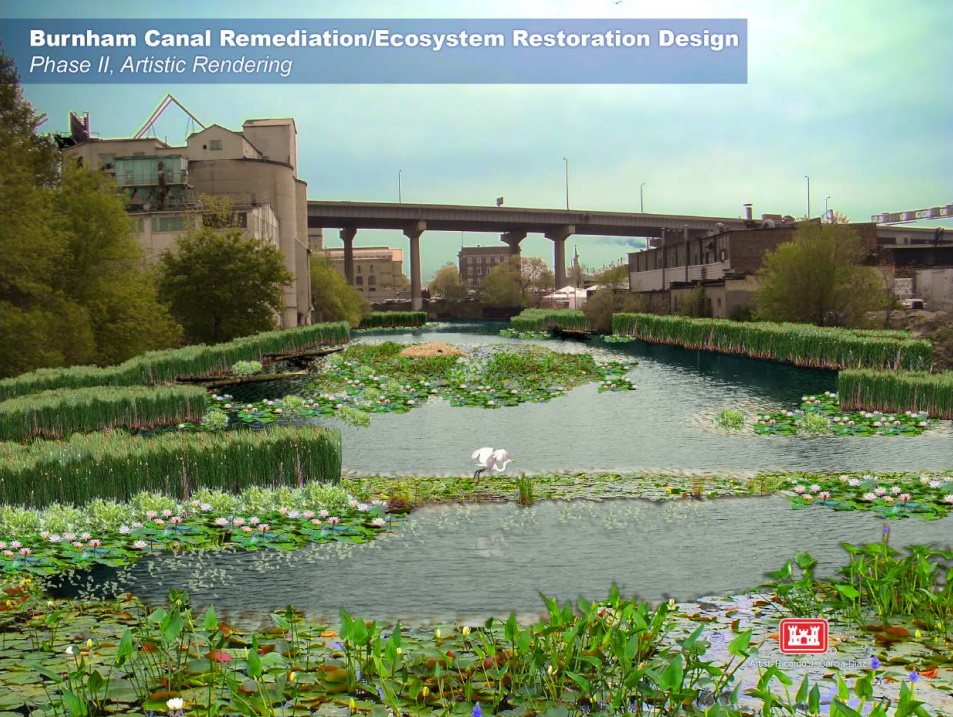

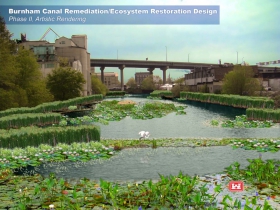
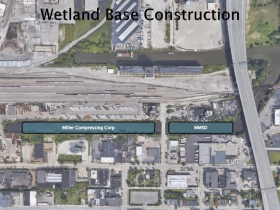
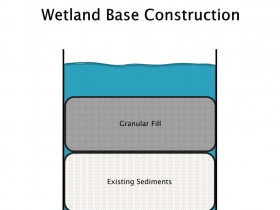
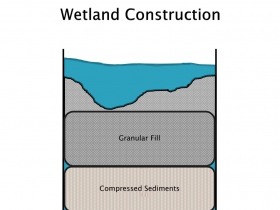
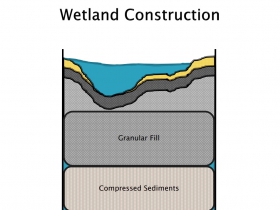
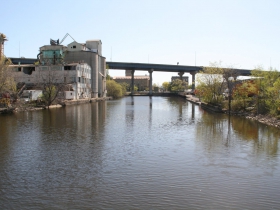
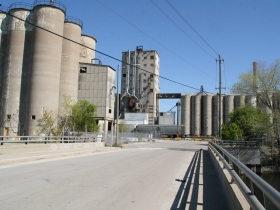
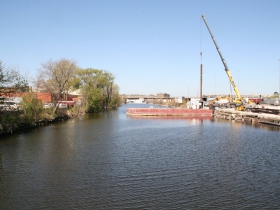
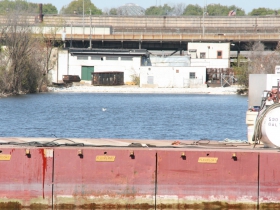
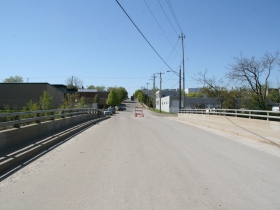
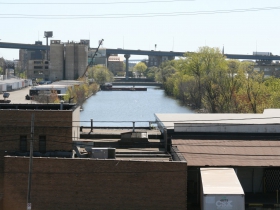




















Great story, Jeramy, on the upcoming transformation of another piece of the Menomonee Valley.
Thank you for this excellent story. We need things like this to give us hope.
One note: A map of the affected area would be really helpful.
As someone old enough to remember the Menominee Valley at the peak of the machine age in Milwaukee, and having grown up next to Mitchell Park, I believe that the transformation of the Valley is one of the great urban achievements in the US in the past 30 years.
To appreciate this achievement, it is important to remember the industrial and transportation powerhouse that existed there, from the 3-shift International-Harvester plant belching orange flames into the night sky, to the huge Falk plant and the giant Red Star Yeast sign, along with the railyards, slaughterhouses and other less-than-dainty businesses that operated there. But, it is also important to remember the toxic, health-damaging and poisonous mess that was left behind. As street urchins who used the Valley as a mostly adult-free playground, it was always interesting to see the glorious rainbow colors of the river, produced by the permanent petrochemical sheen that always covered it, the result of unregulated dumping.
In certain circles, it has become almost mandatory to trash government. But if the City of Milwaukee and its Economic Development Department want to point to a great success, and to how government can really work for its citizens, take a look at the Menominee Valley, including the fish now back in waters that would have been an instant death sentence decades ago.
Whatever happened to this project? Did it complete?
@Colin – It is definitely not completed. There was some abatement work done at the western end of the canal. Will inquire with MMSD.
@Colin – Project website has our answer. Additional fill to come in 2025-2026. https://www.mmsd.com/what-we-do/milwaukee-estuary-aoc/burnham-canal-wetland-restoration-project
Thanks!